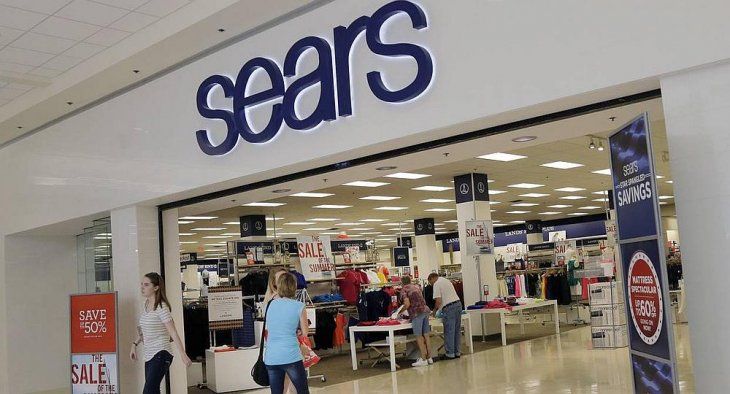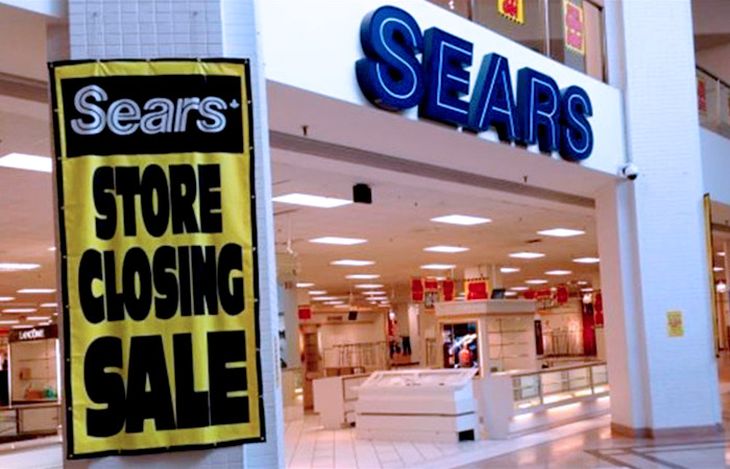After in 2018 it was declared bankrupt and remained in force thanks to a millionaire salvage, the company that knew how to be a leader in the US retail sector closed its last store in California and only maintains six places standing.
The fall of Sears It is no longer surprising, but continues to add chapters. In 2018, he declared bankruptcy and after a millionaire salvage, at the end of August 2023, the chain rushed again. That time, the blind of his premises in Burbank, city of Los Angeles County. The store, which had been relaunched at the beginning of that same year, failed to reverse the low numbers of visits and sales. That was his last attempt in California the state where he knew how to be a key actor of retail trade for a good part of the twentieth century. Now, the chain only has six branches throughout the United States.
The content you want to access is exclusive to subscribers.
It is difficult to dimension it if it is thought that Two decades ago Sears operated more than 3,500 stores. The setback has been constant and visible. The Whittier headquarters, in southeast of Los Angeles, which had been running for almost 30 years. The empty halls and the “total liquidation” posters are an image that no longer surprises, but continues to bother.


The phenomenon goes beyond Sears: it affects the entire sector. CoreSight Research consultant estimated that only this year could close about 15,000 stores Physical throughout the country. Less traffic in shopping centers, more online purchases, expensive rentals and an increasingly demanding clientele with the purchase experience are some of the factors at stake. In that context, maintaining large surfaces without technological or commercial renewal can be a death sentence. Or bankruptcy.
The question is whether Sears managed to adapt. Founded in 1892 in Chicago, the company It was a pioneer in catalog sales and became synonymous with the American middle class. But in the last fifteen years, his business model showed signs of exhaustion. The irruption of giants such as Walmart and Amazon He left her badly. Instead of reformulating quickly, Sears was trapped in an old structurewithout too many new ideas or margin to compete for prices or user experience.
Sears.jpg

AFP
In 2018 Sears had declared bankruptcy
The breakdown – literal – was in 2018. That year, the company asked judicial protection under chapter 11 of the Banking Law in the United States. The panorama was bleak: empty stores, millionaire debts and a chopped reputation. Eddie Lampertthen CEO and main shareholder, launched an offer to avoid total collapse. He put 4,400 million dollars on the table, a figure that then went up to 5,200 million, to keep profitable assets and save about 400 stores. It looked like a daring play, almost a desperate bet. And it was.
Sears-Cierre-Local

For a while, the strategy worked like a patch. The surviving stores continued to operate, although without a clear direction. There was no real transformation. Neither digitalization, nor redesign of the store conceptneither commercial policies according to the new scenario. Meanwhile, the competitors continued advancing. Walmart dominated the low price segment. Amazon conquered the comfort of the purchase without moving from home. And Sears, halfway, lost relevance.
Other traditional chains went through similar trances. Jcpenneyfor example, it declared bankruptcy in 2020 and closed 30% of its premises. But some managed to restructure, reduce their size and find niches where to remain viable. That was not the case of Sears, who survives almost by inertia, with a few stores and without a visible strategy.
Source: Ambito




